How close can a tree be to a house?
swampwiz
15 years ago
Featured Answer
Sort by:Oldest
Comments (17)
jasonmi7
15 years agoRelated Professionals
Orange City Home Builders · Troutdale Home Builders · Valencia Home Builders · Waimalu Home Builders · Bellingham General Contractors · Burlington General Contractors · Euclid General Contractors · Fremont General Contractors · Leon Valley General Contractors · Norman General Contractors · Richfield General Contractors · Rowland Heights General Contractors · Statesboro General Contractors · Toledo General Contractors · Waxahachie General Contractorsbuildinginva
15 years agorar1
15 years agomeldy_nva
15 years agomikie_gw
15 years agoajpl
15 years agorar1
15 years agoswampwiz
15 years agobevangel_i_h8_h0uzz
15 years agocynandjon
15 years agocynandjon
15 years agobrianstreehouse
15 years agoswampwiz
14 years agorar1
14 years agobrutuses
14 years ago432krk_nukebook_net
12 years ago
Related Stories
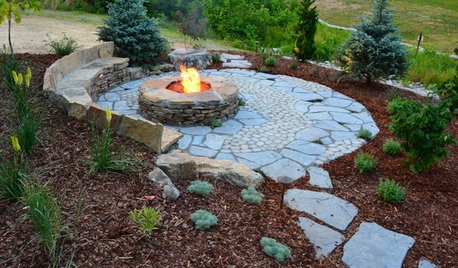
HOLIDAYS10 Ways Your Christmas Tree Can Live On After the Holidays
Learn how to recycle your Christmas tree and reap benefits for the environment
Full Story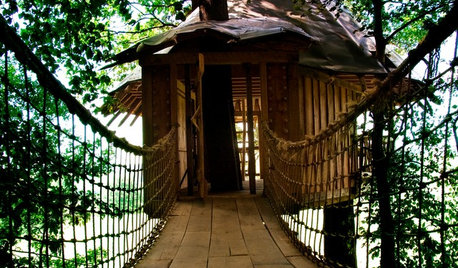
OUTBUILDINGS12 Fun Backyard Forts Grown-Ups Can Love, Too
Kids might use them for secret meetings, but the word is out on these tree houses and playhouses that consider adult design tastes
Full Story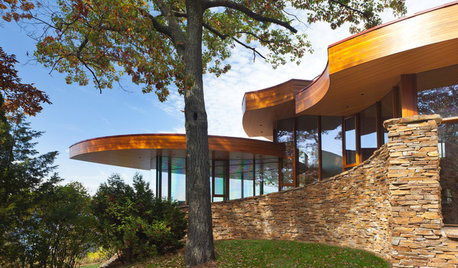
CONTEMPORARY HOMESHouzz Tour: Stunning Curved Architecture Rises Among the Trees
You can see the love of nature and organic shapes at first glance. Look more closely at this Wisconsin home and you’ll also see amazing flow
Full Story
LANDSCAPE DESIGNSmall Garden? You Can Still Do Bamboo
Forget luck. Having bamboo that thrives on a wee plot just takes planning, picking the right variety, and keeping runners in check
Full Story
SMALL HOMESCan You Live a Full Life in 220 Square Feet?
Adjusting mind-sets along with furniture may be the key to happiness for tiny-home dwellers
Full Story
LIFEThe Polite House: How Can I Tell a Construction Crew to Pipe Down?
If workers around your home are doing things that bother you, there’s a diplomatic way to approach them
Full Story
BATHROOM DESIGNYes, You Can Go Bold With Wallpaper in a Powder Room
The smallest room in the house can make the biggest design impact. Here are 10 of our favorite papered powder rooms
Full Story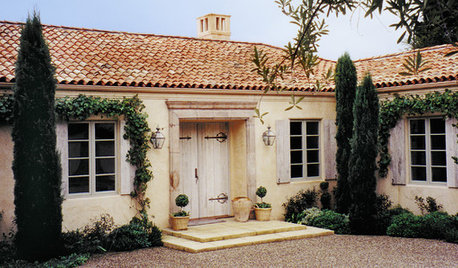
REMODELING GUIDES8 Natural Home Materials That Can't Be Beat
See how designing with natural stone, clay, wood and more can give a house luminosity, depth of color and lasting appeal
Full Story
FEEL-GOOD HOMEThe Question That Can Make You Love Your Home More
Change your relationship with your house for the better by focusing on the answer to something designers often ask
Full Story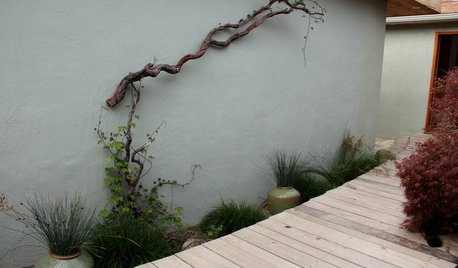
DECORATING GUIDESSee How Wabi-Sabi Can Bring Harmony and Beauty to Your Home
Create your own wabi-style style with beautifully weathered, humble materials around the house
Full StorySponsored
More Discussions








sue36